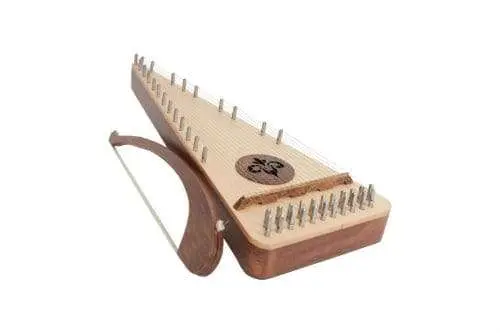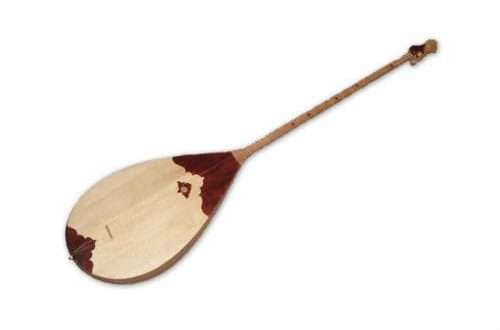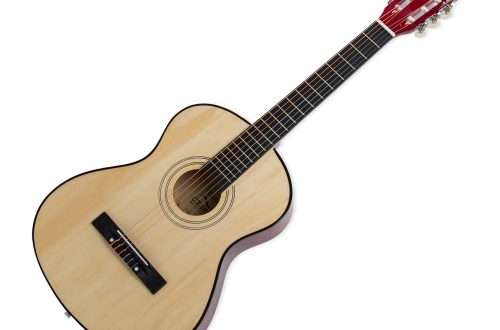
Psalter: description of the instrument, composition, history, use, playing technique
Psaltery (psaltery) is a stringed musical instrument. He gave the name to the Old Testament book. The first mentions date back to 2800 BC.
It was used in everyday life in an ensemble with percussion and wind instruments, as well as in worship services as an accompaniment to the performance of psalms. Known icons depicting the psalter in the hands of King David.

The name comes from the Greek words psallo and psalterion – “sharply pull, pluck to the touch”, “finger fingers”. It is related to other plucked instruments that have survived to this day – harp, zither, cithara, harp.
In the Middle Ages, it was brought to Europe from the Middle East, where it still exists in the Arabic-Turkic version (eve).
It is a flat box of a trapezoidal, almost triangular shape. 10 strings are stretched over the upper resonating deck. During the Play, they are held in their hands or kneeled with the wide part of the body up. The length of the strings does not change during playing. They play with fingers, the sound is soft, gentle. It is possible to perform both melody and accompaniment.
It fell into disuse in the XNUMXth century. A variation of the hymnal, where the sound is extracted by striking the strings with sticks (dulcimer), as a result of evolution, led to the appearance of the harpsichord, and later the piano.





